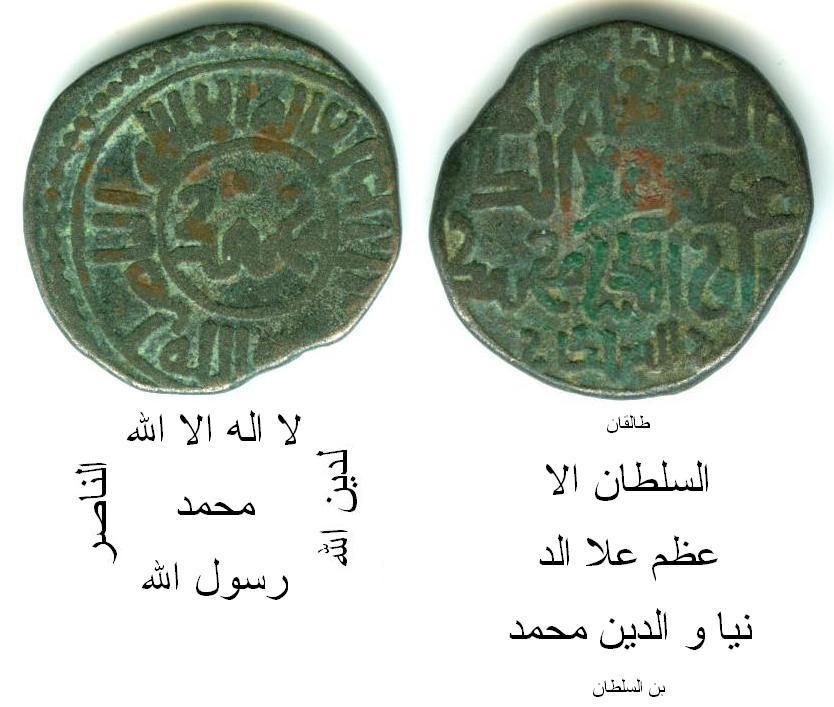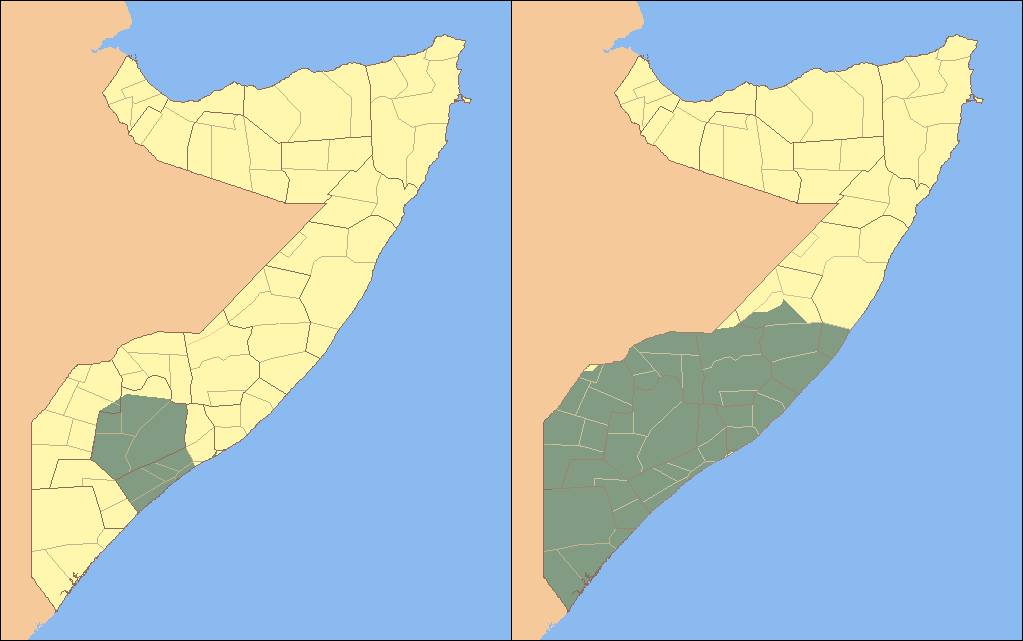|
Talaqan
Taloqan (, also transcribed Taleqan or Taluqan) is the capital of Takhar Province, in northeastern Afghanistan. It is located in the Taluqan District. The population was estimated as 196,400 in 2006. In 2021, the Taliban gained control of the province during the 2021 Taliban offensive. History The old city to the west on the riverside was described by Marco Polo in 1275 Common Era, CE as: :"a castle called Taikhan, where there is a great corn-market, and the country round is fine and fruitful. The hills that lie to the south of it are large and lofty. They all consist of white salt, extremely hard, with which the people for a distance of thirty days' journey round, come to provide themselves, for it is esteemed the purest that is found in the world. It is so hard, that it can be broken only with great iron hammers. The quantity is so great that all the countries of the earth might be supplied from thence." Taloqan had earlier come under Mongol control during the campaigns ... [...More Info...] [...Related Items...] OR: [Wikipedia] [Google] [Baidu] |
Provinces Of Afghanistan
The provinces of Afghanistan ( ''Wilayah, wilāyat'') are the primary administrative divisions. Afghanistan is divided into 34 provinces. Each province encompasses a number of Districts of Afghanistan, districts or usually over 1,000 villages. Provincial governors played a critical role in the reconstruction of the Afghan state following the creation of the new government under Hamid Karzai. According to international security scholar Dipali Mukhopadhyay, many of the provincial governors of the western-backed government were former warlords who were incorporated into the political system. Provinces of Afghanistan Administrative The following table lists the province, capital, number of districts, UN region, region, ISO 3166-2:AF code and license plate code. Demographic The following table lists the province, population in 2024, area in square kilometers and population density. Regions of Afghanistan The following tables summarize data from the demographic ... [...More Info...] [...Related Items...] OR: [Wikipedia] [Google] [Baidu] |
Mujahideen
''Mujahideen'', or ''Mujahidin'' (), is the plural form of ''mujahid'' (), an Arabic term that broadly refers to people who engage in ''jihad'' (), interpreted in a jurisprudence of Islam as the fight on behalf of God, religion or the community (''ummah''). The widespread use of the word in English began with reference to the guerrilla-type militant groups led by the Islamist Afghan fighters in the Soviet–Afghan War (see Afghan mujahideen). The term now extends to other jihadist groups in various countries. Early history In its roots, the Arabic word ''mujahideen'' refers to any person performing ''jihad''. In its post-classical meaning, ''jihad'' refers to an act that is spiritually comparable in reward to promoting Islam during the early 600s CE. These acts could be as simple as sharing a considerable amount of one's income with the poor. Modern Western definition The term continued to be used throughout India for Muslim resistance to British colonial rule. During ... [...More Info...] [...Related Items...] OR: [Wikipedia] [Google] [Baidu] |
Köppen Climate Classification
The Köppen climate classification divides Earth climates into five main climate groups, with each group being divided based on patterns of seasonal precipitation and temperature. The five main groups are ''A'' (tropical), ''B'' (arid), ''C'' (temperate), ''D'' (continental), and ''E'' (polar). Each group and subgroup is represented by a letter. All climates are assigned a main group (the first letter). All climates except for those in the ''E'' group are assigned a seasonal precipitation subgroup (the second letter). For example, ''Af'' indicates a tropical rainforest climate. The system assigns a temperature subgroup for all groups other than those in the ''A'' group, indicated by the third letter for climates in ''B'', ''C'', ''D'', and the second letter for climates in ''E''. Other examples include: ''Cfb'' indicating an oceanic climate with warm summers as indicated by the ending ''b.'', while ''Dwb'' indicates a semi-Monsoon continental climate, monsoonal continental climate ... [...More Info...] [...Related Items...] OR: [Wikipedia] [Google] [Baidu] |
Mediterranean Climate
A Mediterranean climate ( ), also called a dry summer climate, described by Köppen and Trewartha as ''Cs'', is a temperate climate type that occurs in the lower mid-latitudes (normally 30 to 44 north and south latitude). Such climates typically have dry summers and wet winters, with summer conditions being hot and winter conditions typically being mild. These weather conditions are typically experienced in the majority of Mediterranean-climate regions and countries, but remain highly dependent on proximity to the ocean, altitude and geographical location. The dry summer climate is found throughout the warmer middle latitudes, affecting almost exclusively the western portions of continents in relative proximity to the coast. The climate type's name is in reference to the coastal regions of the Mediterranean Sea, which mostly share this type of climate, but it can also be found in the Atlantic portions of Iberia and Northwest Africa, the Pacific portions of the United States ... [...More Info...] [...Related Items...] OR: [Wikipedia] [Google] [Baidu] |
Imam Baqir
Muhammad ibn Ali al-Baqir (; ) was a descendant of the Islamic prophet Muhammad and the fifth of the twelve Shia imams, succeeding his father, Ali al-Sajjad, and succeeded by his son, Ja'far al-Sadiq. Muhammad's honorific title is short for , which means 'the one who splits knowledge open', a reference to his fame as a religious scholar. Muhammad was born in Medina around 676 CE. In 680, when he was a small child, he witnessed the Battle of Karbala, where his grandfather Husayn ibn Ali and most of his relatives were massacred by the forces of the Umayyad caliph Yazid ibn Mu'awiya (). Upon his father's death around 712, Muhammad was recognized as the next imam by most followers of his father. These were the Imamites, the forerunners of Twelvers and Isma'ilis, which now constitute the majority of Shia Muslims. At the time, however, this quiescent group was a minority compared to other rival Shia groups, who actively worked against the Umayyads. One such rival group were Zaydis. ... [...More Info...] [...Related Items...] OR: [Wikipedia] [Google] [Baidu] |
Mahdi
The Mahdi () is a figure in Islamic eschatology who is believed to appear at the Eschatology, End of Times to rid the world of evil and injustice. He is said to be a descendant of Muhammad in Islam, Muhammad, and will appear shortly before Jesus in Islam, Jesus. The Mahdi is mentioned in several List of hadith Books, canonical compilations of hadith, but is absent from the Quran and the two most-revered Kutub al-Sittah, Sunni hadith collections, ''Sahih al-Bukhari'' and ''Sahih Muslim''. As such, some Sunni theologians have questioned the orthodoxy of the Mahdi. The doctrine of the Mahdi seems to have gained traction during the confusion and unrest of the religious and political upheavals of the first and second centuries of Islam. Some of the first references to the Mahdi appear in the late 7th century, when the revolutionary Mukhtar al-Thaqafi declared Muhammad ibn al-Hanafiyya, a son of Caliphate, Caliph Ali (), to be the Mahdi. Although the concept of a Mahdi is not an essen ... [...More Info...] [...Related Items...] OR: [Wikipedia] [Google] [Baidu] |
Muhammad
Muhammad (8 June 632 CE) was an Arab religious and political leader and the founder of Islam. Muhammad in Islam, According to Islam, he was a prophet who was divinely inspired to preach and confirm the tawhid, monotheistic teachings of Adam in Islam, Adam, Noah in Islam, Noah, Abraham in Islam, Abraham, Moses in Islam, Moses, Jesus in Islam, Jesus, and other Prophets and messengers in Islam, prophets. He is believed to be the Seal of the Prophets in Islam, and along with the Quran, his teachings and Sunnah, normative examples form the basis for Islamic religious belief. Muhammad was born in Mecca to the aristocratic Banu Hashim clan of the Quraysh. He was the son of Abdullah ibn Abd al-Muttalib and Amina bint Wahb. His father, Abdullah, the son of tribal leader Abd al-Muttalib ibn Hashim, died around the time Muhammad was born. His mother Amina died when he was six, leaving Muhammad an orphan. He was raised under the care of his grandfather, Abd al-Muttalib, and paternal ... [...More Info...] [...Related Items...] OR: [Wikipedia] [Google] [Baidu] |
Withdrawal Of United States Troops From Afghanistan (2020–2021)
The United States has conducted two withdrawals of United States troops from Afghanistan: * Withdrawal of United States troops from Afghanistan (2011–2016), draw down of United States Armed Forces in the Afghanistan war * 2020–2021 U.S. troop withdrawal from Afghanistan, withdrawal of all United States combat forces from Afghanistan See also * Withdrawal of United States troops from Iraq {{sia ... [...More Info...] [...Related Items...] OR: [Wikipedia] [Google] [Baidu] |
United States Invasion Of Afghanistan
Shortly after the September 11 attacks in 2001, the United States declared the war on terror and subsequently led a multinational military operation against Taliban-ruled Afghanistan. The stated goal was to dismantle al-Qaeda, which had executed the attacks under the leadership of Osama bin Laden, and to deny Islamist militants a safe base of operations in Afghanistan by toppling the ruling Taliban government. The United Kingdom was a key ally of the United States, offering support for military action from the start of the invasion preparations. The American military presence in Afghanistan greatly bolstered the Northern Alliance, which had been locked in a losing fight with the Taliban during the Afghan Civil War. Prior to the beginning of the United States' war effort, the Taliban had seized around 85% of Afghanistan's territory as well as the capital city of Kabul, effectively confining the Northern Alliance to Badakhshan Province and smaller surrounding areas. The Amer ... [...More Info...] [...Related Items...] OR: [Wikipedia] [Google] [Baidu] |
Northern Alliance
The Northern Alliance ( ''Da Šumāl E'tilāf'' or ''Ettehād Šumāl''), officially known as the United National Front for the Salvation of Afghanistan ( ''Jabha-ye Muttahid-e barāye Afğānistān''), was a military alliance of groups that operated between early 1992 and 2001 following the dissolution of the Soviet Union. It was formed by government defectors such as Ahmad Shah Massoud, Burhanuddin Rabbani, Rashid Dostum, Abdul Momim and Ali Mazari. It consisted mainly of ethnicities from northern Afghanistan, such as Tajiks, Uzbeks, Hazaras, and Turkmens, as opposed to the Taliban. At that time, many non-Pashtun Northerners originally with the Republic of Afghanistan led by Mohammad Najibullah became disaffected with Pashtun Khalqist Afghan Army officers holding control over non-Pashtun militias in the North. The alliance's capture of Mazar-i-Sharif and more importantly the supplies kept there crippled the Afghan military and began the end of Najibullah's government.R ... [...More Info...] [...Related Items...] OR: [Wikipedia] [Google] [Baidu] |
Imam Sahib
Imām Ṣāhib (Pashto/) is a town in the Kunduz Province of Afghanistan, center of the Imam Sahib District. It is sometimes called Khwaja or Hazrat.National Geospatial-Intelligence Agency. Geonames database entry.search Accessed 2011-05-12. Baba Hatim Ziyarat is located on the outside of Imam Sahib. The port of Shir Khan Bandar is located to the west of the town. Climate With an influence from the local steppe climate, Imam Sahib features a cold semi-arid climate (''BSk'') under the Köppen climate classification. The average annual temperature in Imam Sahib is 17.1 °C, while the annual precipitation averages 307 mm. July is the hottest month of the year with an average temperature of 30.2 °C. The coldest month January has an average temperature of 3.4 °C. See also * Kunduz Province Kunduz () is one of the 34 provinces of Afghanistan, located in the northern part of the country next to Tajikistan. The population of the province is around 1,136,677, ... [...More Info...] [...Related Items...] OR: [Wikipedia] [Google] [Baidu] |







